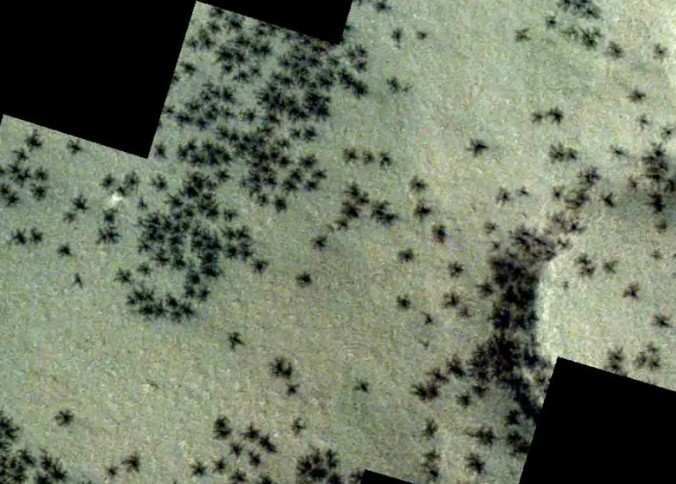The Caribbean Astronomical Society (SAC) reports that the path of a comet approaching Earth tonight is visible from Puerto Rico.
In a press release, SAC indicated that Comet C/2022 E3 (ZTF) can be seen through binoculars. He also emphasized that if anyone does not have this equipment and wants to see the “heavenly viewer”, they can do so through a live broadcast by SAC from the island.
He explained that comet “E3” will pass earlier tonight, just near where the North Star Polaris was spotted.
Although the closest approach to Earth will occur on February 1, he said, Monday night will be one of the best opportunities to observe it, SAC said.
“While viewing this comet requires binoculars or a small telescope, we will provide it live for those who do not have these tools. Facebook.com/society.astronomy Today, Monday, starting at 7:00 pm,” the institute said in written statements.
During the transmission carried out by SAC, the appearance of comet “E3″ can be seen directly from different parts of the island, and celestial observers will be given more details about the approach.
He also pointed out that the moon will eclipse Mars in another significant astronomical event that will take place on Monday night. He emphasized that the event will not happen again until 2035 and will be visible from the entire islands.
SAC noted that early tonight the moon can be observed very close to Mars, which appears somewhat orange in color.
“As the night passes, the two objects appear closer to each other, as the Moon orbits the Earth and our natural satellite moves eastward, bringing Mars closer to the visible region,” he explained.
This phenomenon starts to look more interesting after midnight (Monday to Tuesday) when viewed in the west.
“From Puerto Rico’s perspective, the moon begins to eclipse Mars between 1:45 and 1:48 p.m., depending on which part of the island you are on,” SAC science liaison Eddie Irizarry said.
“This event will look spectacular because the part of the Moon that will cover Mars will be the upper right part of the Moon, the part of our natural satellite that is not illuminated by the Sun, which will make it easier to appreciate the precise moment when Mars hides behind our Moon,” he added.
He clarified that it was necessary to avoid visual obstructions such as structures or trees towards the western horizon, but he assured that if these possible obstructions were avoided, Mars would “disappear” behind the Moon and be visible right before our eyes.
According to SAC, the last time the Moon could see Mars obscured by the naked eye from Puerto Rico’s perspective was on July 17, 2003, and after the Monday-Tuesday event, it won’t be visible again until the night of November 10, 2035.
The eclipse of Mars on the night of January 30-31 will be visible from the entire Caribbean, Central America, the southern tip of the United States, and parts of northwestern South America.

:format(jpeg):focal(846x572:856x562)/cloudfront-us-east-1.images.arcpublishing.com/gfrmedia/W6MHDSRJAJCINCE4FYNYDRWLMY.jpg)

:quality(85)/cloudfront-us-east-1.images.arcpublishing.com/infobae/SMPW7M5BQFERBOQUPJXKCOKARY.jpg)
:quality(85)/cloudfront-us-east-1.images.arcpublishing.com/infobae/NP5NEZXMZFGNLBHNEQJHPJVMKM.jpg)
